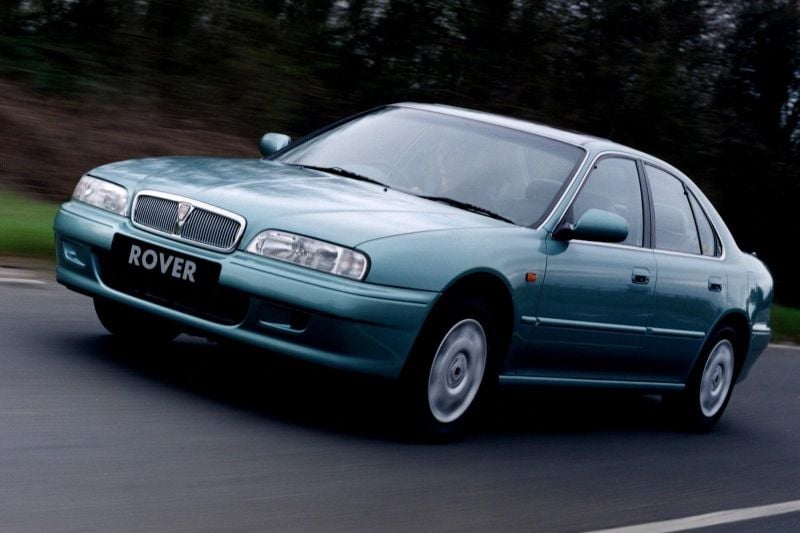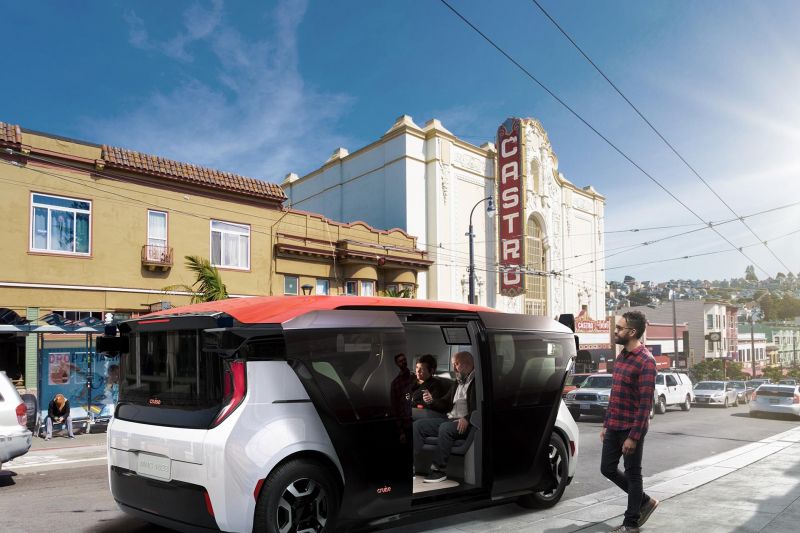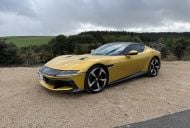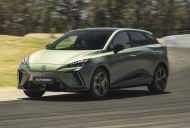The mind boggles at what a merged Honda-Nissan would be like, but senior Japanese officials were keen for it to happen late last year.
According to sources who talked to The Financial Times, advisers close to Japanese Prime Minister Shinzo Abe were encouraging the combination at the end of 2019 as they feared Nissan’s alliance with Renault was about to collapse.
Officials were apparently fearful about how both companies would fare independently given their need to invest in on-going new car programs, as well as self-driving technology and electric vehicle platforms.
The idea was reportedly rejected out of hand by both Honda and Nissan before a proposal could be brought to either board.
As it stands, Toyota owns Daihatsu and has stakes in Suzuki, Mazda and Subaru, and Nissan has effective control over Mitsubishi. Both Honda and Isuzu remain independent, although both have strong businesses outside of making passenger cars.
“A Nissan-Honda merger would only make sense to people who do not understand the car industry”, a former Nissan executive who spoke with the newspaper said.
Quite how a Honda-Nissan merger would have played out is quite a mystery.
While every other major automaker has merged or taken over smaller manufacturers during the past several decades, Honda has long treasured its independence and its own way of doing things.
The last time Honda had a stake in another automaker was with the Rover Group. From 1980 until Rover’s purchase by BMW in the mid-1990s, Honda had a 20 per cent stake in the British company, with the two firms sharing platforms and engines.
Honda has been working closely with GM recently, though. The Japanese automaker has made investments into and taken a stake in Cruise, the GM division working on autonomous taxis.
For the US market, Honda will also use GM’s new dedicated electric car platform for two new cars due to go on sale from 2023. While the design of these cars will be all Honda, they will be produced in GM factories.





